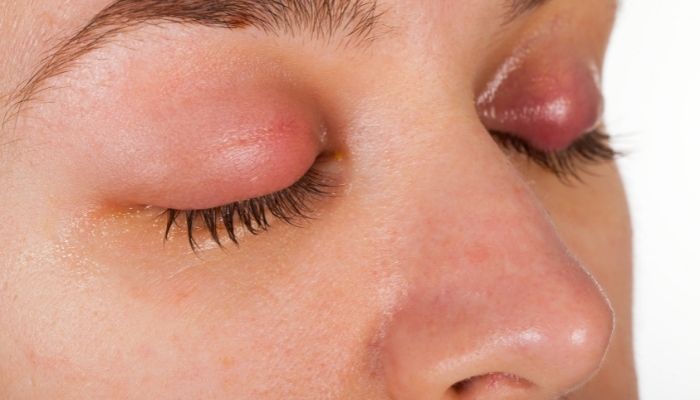Chalazion eye is a specific syndrome where the eyelid contains small glands churning out an oily material that helps in moistening the eyes. Whenever there is any blockage in any of these tiny glands, then you may witness what is known as the chalazion eye syndrome, indicating a completely pain-free and swollen gland. This can be treated at home in most cases.
Learning More About Chalazion
Chalazion indicates a red eyelid bump. It is also known as an eyelid or meibomian cyst at times, forming whenever there is any blockage in the oil gland. Chalazion eye is usually painful at the beginning but it does not hurt after the passage of some time. The formation mostly happens on the upper eyelid portion but some may be witnessed on the lower eyelid as well. This usually takes place for adults between 30 and 50 in some cases and is not common for children.
Chalazion is different from a stye although it may develop owing to the latter. By a stye we mean bacterial infections of a specific nature where the glands swell up considerably. However, they can be quite painful in most cases. Chalazion usually is not painful and shows up farther on the eyelid.
Causes & Symptoms of Chalazion
There are numerous Chalazion causes including blockages of smaller oil glands within the eyelid which help in maintaining the moistness of the same. Blocked glands start retention of oil and swell up. The fluid will drain out ultimately and you may witness a hard eyelid lump as a result. Some other causes include chronic blepharitis or eyelid inflammation along with rosacea (leading to acne and redness), seborrheic dermatitis and tuberculosis (TB) and viral infections. Some of the symptoms include painless bumps in the eyelids, mild forms of irritation which lead to watery eyes and blurry vision owing to bigger chalazia (the plural form) which impact the eyelid as well.Testing and Diagnosis of Chalazion
Eye specialists are usually conducted in case of chalazion while ophthalmologists or optometrists are also consulted at times. These doctors may analyze the condition and offer more choices for treatments.Whenever you visit the specialist, you will have to inform him or her about your health history, while going in for an external eye examination or eyelid examination. Your eyes, eyelids, eyelashes and texture of the skin will be closely analyzed. Magnification and lights may be used by specialists for examining the base of the eyelashes as well. The openings of the glands are also checked by them.
Treatment and Other Aspects of Chalazion
You can undergo chalazion treatment at home in most scenarios. They usually disappear within a month or even less time. You should never push on the chalazion or attempt to pop the same. The doctor may also recommend cleansing of the eyelids with a baby shampoo or scrub, particularly if there are chances of blepharitis.You may end up injuring your eye in such scenarios. Rather, you should try the following:


